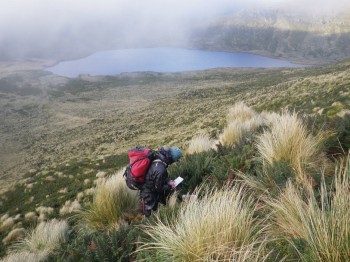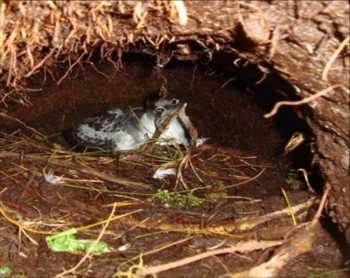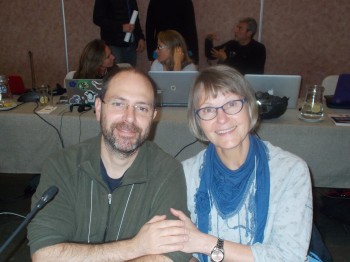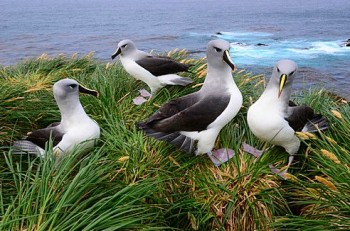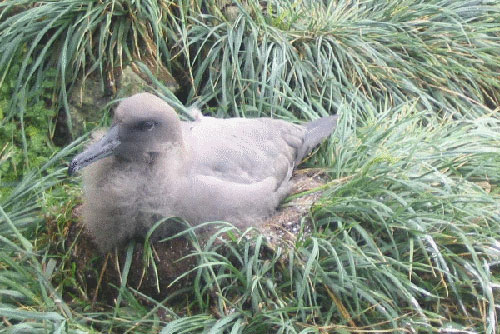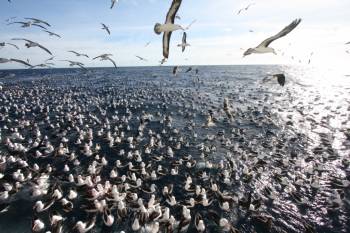Akiko Shoji (Department of Zoology, University of Oxford, UK) and colleagues have published in the journal Ibis on diving in the Manx Shearwater Puffinus puffinus to “nearly” 55 m.
The paper’s abstract follows:
“The diving capabilities of the Procellariformes [sic] remain the least understood component of avian diving physiology. Due to their relatively small size, shearwaters may have high oxygen consumption rates during diving relative to their available oxygen stores. Dive performance in this group should be strongly limited by the trade-off between oxygen consumption and oxygen stores, and shearwaters could be a good model group for testing predictions of dive theory. Many earlier measurements of shearwater dive behaviour relied on observations from the surface or potentially biased technology, and it is only recently that diving behaviour has been observed using electronic recorders for many of the clades within the family. The diving behaviour of Manx Shearwaters Puffinus puffinus breeding in Wales, United Kingdom, was studied on a large sample of birds using time-depth-temperature recorders deployed on chick-rearing shearwaters in July and August over three years (2009-2011). Light availability apparently limited diving as dives only occurred between 04:00 and 19:00 GMT. All individuals routinely dived deeper than traditionally assumed, to a mean maximum depth of 31 m and occasionally down to nearly 55 m. We compiled all available data for a comparison of the dive depth across shearwater species. There was a positive allometric relationship between maximum dive depth and body mass across Puffinus and Ardenna shearwater species, as expected, but only if samples of fewer than two individuals were excluded. The large intra-specific range in maximum dive depth in our study illustrates that apparent diversity in diving performance across species must be interpreted cautiously.”
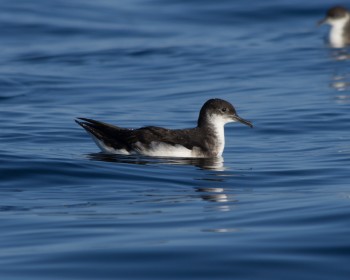
Manx Shearwater at sea, photograph by Nathan Fletcher
Reference:
Shoji, A., Dean, B., Kirk, H., Freeman, R., Perrins, C.M. & Guilford, T.C. 2016. The diving behaviour of the Manx Shearwater Puffinus puffinus. Ibis doi: 10.1111/ibi.12381.
John Cooper, ACAP Information Officer, 08 May 2016

 English
English  Français
Français  Español
Español 